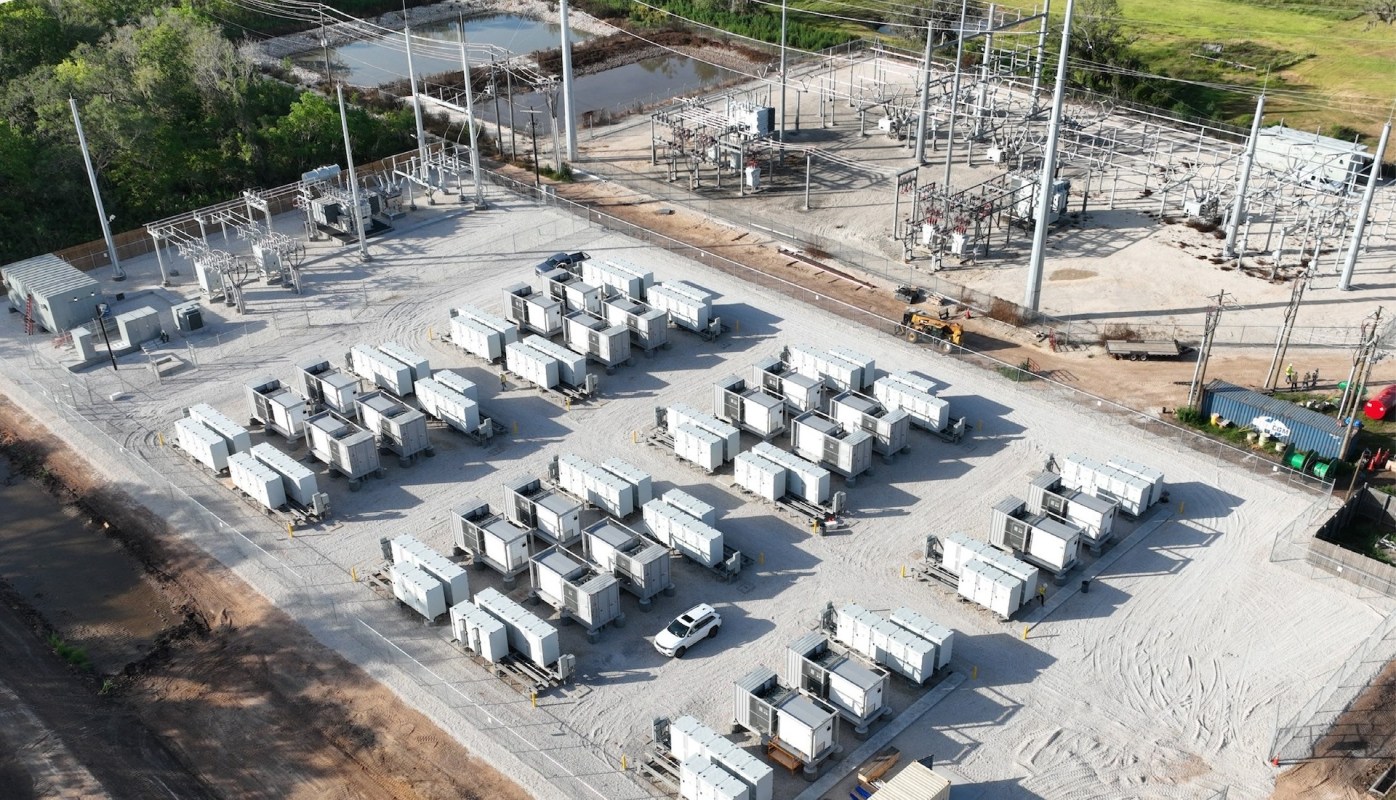A new project may give the United States a game-changing tool in the quest to have a carbon pollution-free electrical grid by 2035.
In February, Quinbrook Infrastructure Partners announced the results of a case study at Byrd Ranch, a battery project that was authorized in 2022. Using its in-house hourly tracking software Quintrace, which launched in 2023, the clean-energy developer was able to track just how much carbon was flowing through the grid.
"We demonstrated you can trace the power through a battery on a sub-hourly basis," Quinbrook senior director James Allan told Canary Media.
As noted by the outlet, this type of monitoring is important as we transition to a clean grid because solar and wind power aren't being generated 24/7, meaning that storing excess energy is essential to ensure people reliably have power when they need it.
Batteries are one of the ways to store that energy, but measuring exactly where they are pulling their power from is one hurdle that needs to be addressed.
If they are recharging with dirty energy rather than renewables, they'd still be responsible for some carbon pollution, adding to the problem of unhealthy air that the World Health Organization notes 99% of people worldwide are breathing.
According to Quinbrook, the aim of its case study was to implement the hourly standard formulated by EnergyTag, a nonprofit that certifies clean-power usage in hopes of standardizing regulations for carbon tracking from batteries.
"Most of today's grid batteries charge when power is cheap and discharge when it's expensive," Canary Media explained. "Excess midday solar power can be cheap — but so can coal-fired power being generated in the wee hours of the night, when fewer people want to buy it."
Having a regulated way to track how batteries are operating could help countries ensure they are on schedule to meet their pollution reduction goals to limit the consequences of rising global temperatures, like extreme weather events and food shortages, as well as allow organizations to monitor whether they are truly living up to "100% renewable" claims, as EnergyTag notes.
On its website, the nonprofit affirmed that Quinbrook "successfully demonstrated key concepts of the EnergyTag storage standard, proving it works in practice" at its 50-megawatt battery facility in Sweeny, Texas, and it now plans to test at other locations.
According to Canary Media, EnergyTag is continuing those tests in real-world conditions after its release of a second, more detailed set of standards.
Join our free newsletter for weekly updates on the coolest innovations improving our lives and saving our planet.









